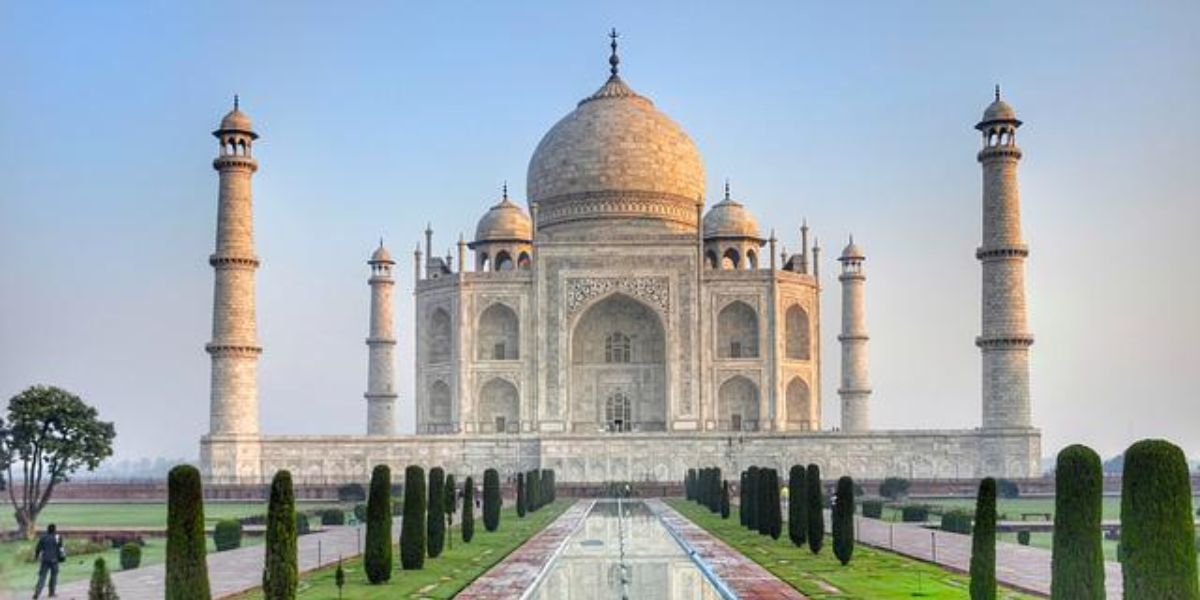The Union Cabinet on 20 March 2017, approved four GST related bills and that would now be sent to Parliament and are likely to be presented in the Lok Sabha as money bills later this week.
These four supporting legislations are:
Compensation Law
With the Compensation law, the states will get full compensation for the first five years for any shortfall in revenue, which would be calculated at 14% annual growth from the 2015-16 base year. The compensation will be funded through various cesses.
Central-GST
The Central GST would replace Central Excise Duty, Service Tax, Additional Duties of Excise & Customs, Special Additional Duty of Customs, and cesses and surcharges on the supply of goods and services.
Integrated-GST
The IGST relates to the taxation of inter-state transfer of goods and will provide for the cross empowerment of state and central officers.
Union Territory-GST
State Taxes GST would replace VAT, Central Sales Tax, Purchase Tax, and Entry Tax, and Entertainment Tax, taxes on advertisements, lotteries, betting and gambling, and state cesses and surcharges.
In addition, a four-tier rate structure has been cleared by the GST Council, but which commodities fit in these slabs would be done after March 31. The slabs are 5%, 12%, 18% and 28%. Items of daily needs will be taxed at 5% while luxury items will be taxed at the higher end. GST is also expected to disincentives tax evasion, lower tax rates, and make business operations easier.















